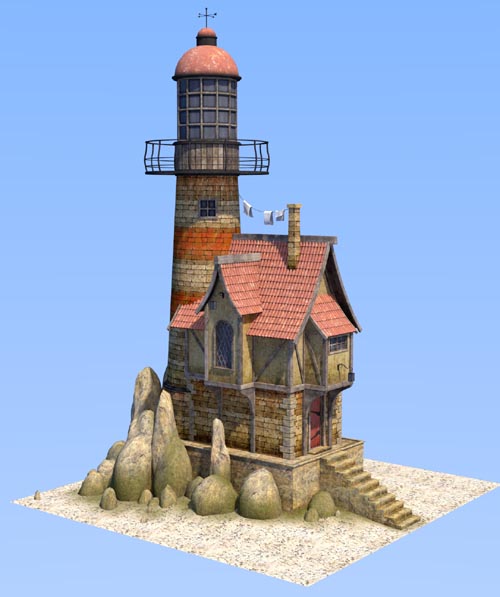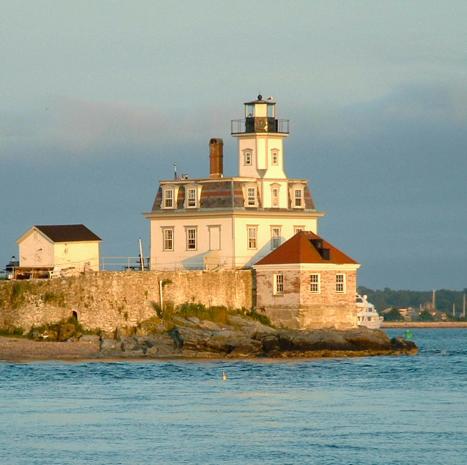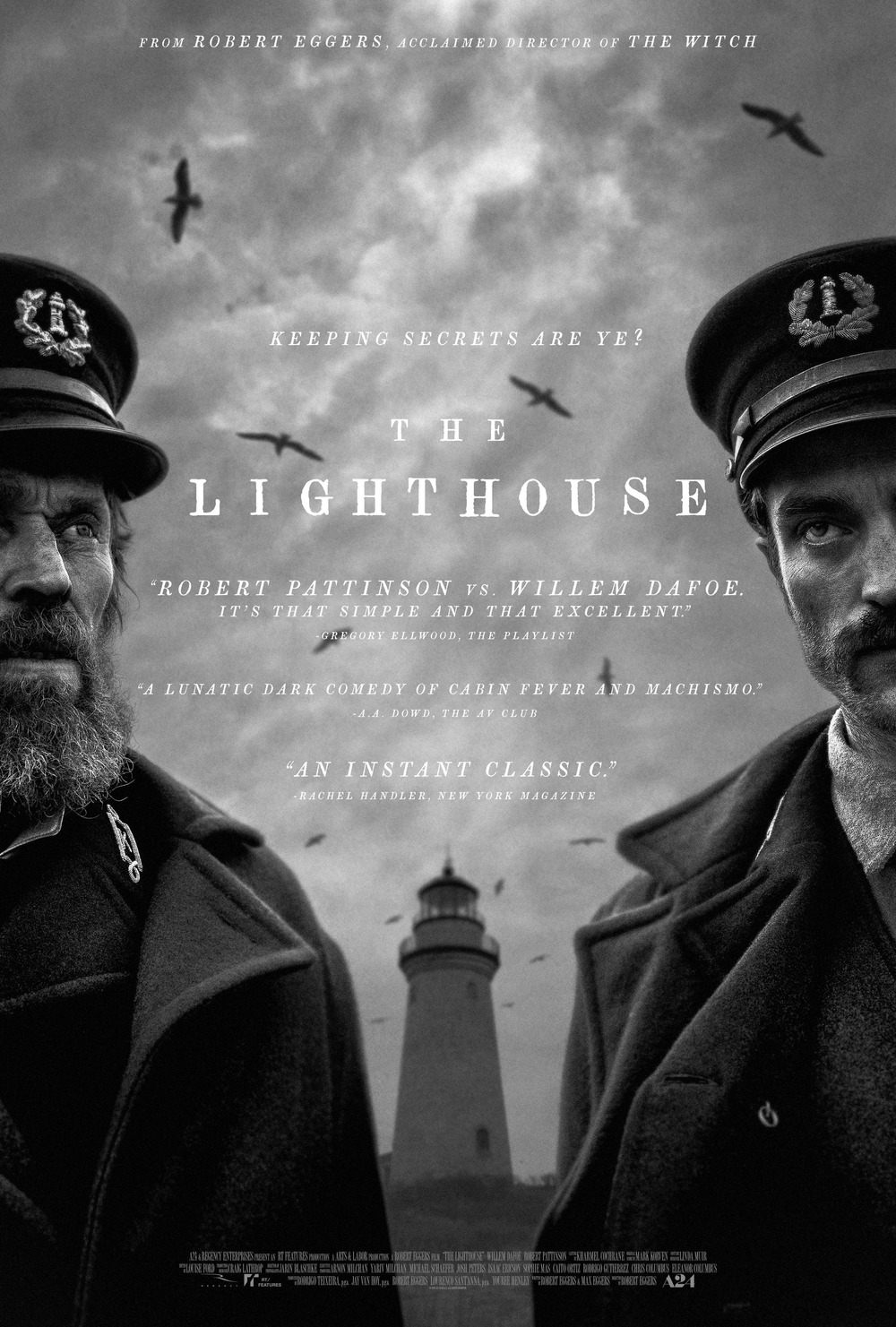

At our initial training we had been taught how to be self-sufficient and one of our first tasks had been to learn how to bake bread for ourselves! We also learned how to survive without modern luxuries.

Each member of the three-man team did a two-month shift at the lighthouse and we were each responsible for our own personal supplies so when we started our two-month stint we had to bring enough food with us for those two months. As well as the oil, fresh supplies of drinking water were also delivered. Then the keepers had to carry the oil to the top of the tower in 5 gallon gerry cans, 30 gallons every three days up about 120 steps. Every six months a supply vessel would bring drums of fuel oil, which, of course, had to be pumped up into storage tanks at the bottom of the tower.

My training finished at Small’s Lighthouse in the Irish Sea, 26 miles out off the coast of Pembrokeshire. This work pattern was standard for lighthouse keepers throughout the country. But ‘off duty’ still meant that we had to carry oil up to the lamp, clean the lens and wash the floor. On Day One we were on watch from 4.00am to 12noon and from 8.00pm to midnight on Day Two from 12noon to 8.00pm and from midnight to 4.00am and then Day Three was our ‘off duty’ day. Each lighthouse had a team of three men and we worked a three-day rota system. My first posting was to Skokholm Island off the Pembrokeshire coast.Ī lighthouse keeper’s daily routine worked like this. We were not given any choice as to where we went we were just told and had to go to where we were posted. After I had been accepted as a lighthouse keeper, my training then involved being sent to lighthouses all round the country in order to gain experience of the different types of lighthouse that operate in different places. These latter are lighthouses ‘out on rocks’ out at sea like Small’s Lighthouse in the Irish Sea. The main group is what are known as ‘Land Stations’ (like Flamborough) the second type is ‘Island Stations’ (like Lundy Island) and the third kind is ‘Tower Rocks’. There are three different sorts of lighthouse. Clearly, the job of lighthouse keeper is not everyone’s cup of tea! There were over 100 of us who went on the initial training course but only two of us – myself and one other – lasted the course and became lighthouse keepers. In 1969 I applied to become a Lighthouse keeper with Trinity House, the organisation that manages all of Britain’s lighthouses. The Lighthouse Keeper’s Tale by Bob Vickers


 0 kommentar(er)
0 kommentar(er)
